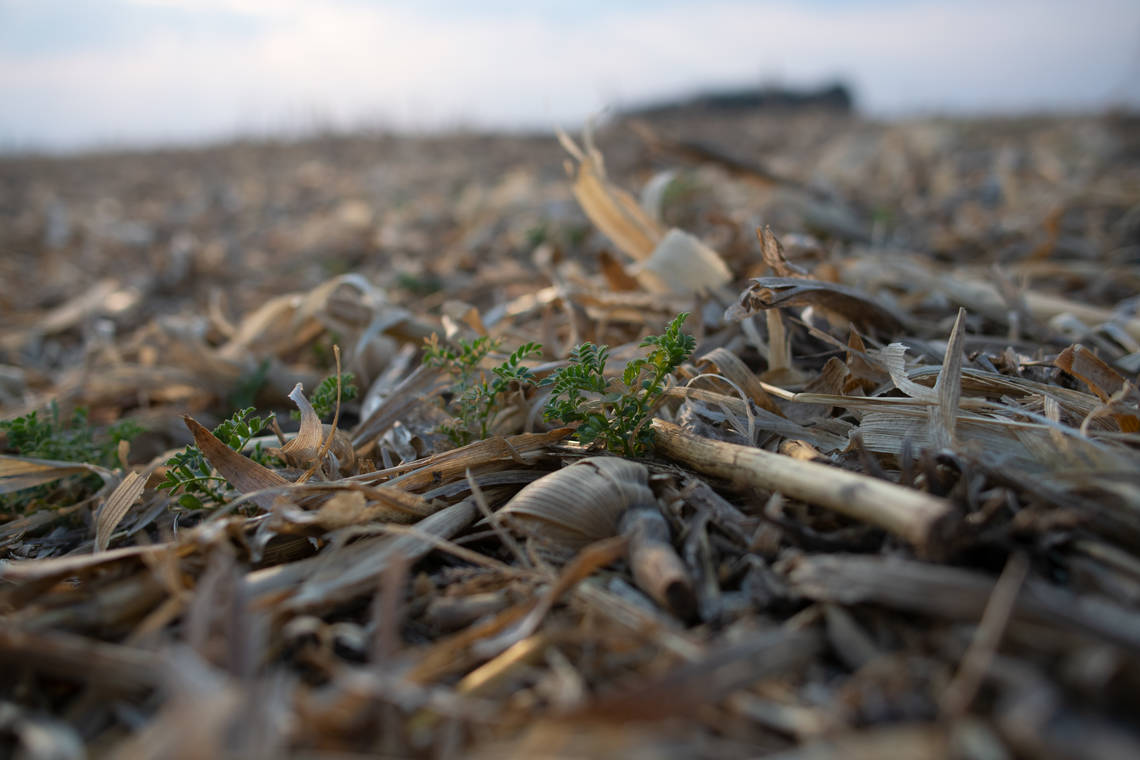Future of soil is in our hands
October 1, 2020
At Cono, preserving our natural resources is essential, which is why the production of our crops is always geared towards sustainability. We want to ensure our soil stays healthy and fertile in the long term so managing soil carbon levels is particularly important.
Our soil is one of the most precious natural resources that requires protection and conservation. The functionality of soil depends to a large extent on the presence of organic matter, specifically on the level of organic carbon it contains, which positively affects its fertility and productivity.
To monitor the health of our soils we use different indicators, one of the most relevant being the carbon index. Organic carbon comes from atmospheric carbon, which is fixed by plants through photosynthesis and then secreted via the roots. Grasses such as corn, wheat, and mulch, all help to maintain a healthy balance of carbon in soil.


Conditions producing soil erosion
We also use modelling to inform our production methods. In conjunction with the international consulting firm Unicampo1, made up of professionals who in turn work as professors at the Faculty of Agronomy of the University of Uruguay, the Cono production department developed a model adapting the formula USLE (Universal Soil Loss Equation). This helped us to determine the different conditions that produce soil erosion.
USLE expresses the average of long-term annual soil losses (in metric tons per hectare per year). It considers a set of measures to establish soil loss per unit area, including soil type, the slope of the field, the grower’s crop rotation plan, degree of coverage, type of tillage (direct or conventional sowing) and the average rainfall in the area. Of all these parameters, only soil type and annual rainfall are beyond agronomic management.
Avoiding nutrient loss
The adaptation of the model took us approximately eight months, during which time as much information as possible was collected in terms of data and soil types of the fields, rainfall and climate records. To adjust the model, rotations backwards were simulated in order to determine the state of our soils. With the model already adjusted, our perspective is, from now on, to begin to implement it in all of our fields. In this way, we will be able to monitor the carbon content of our soils through a balance of inputs and outputs. Based on this, we can create crop rotation plans that allow us to obtain positive balances, avoiding the degradation and loss of nutrients in our soils.
In turn, crop rotation is supported by planting service or cover crops, whose purpose is to protect the soil from erosion by not leaving it bare, and systematisation of the fields. The systematisation project comprises three stages:
- A topographic survey of each field and the hydrographic basin to which it belongs
- A preliminary report with planialtimetric data and systematisation of fields
- Construction of cultivable water absorption terraces, drainage channels and new roads
Maintaining soil health
This project seeks to avoid water erosion by minimising the speed of water runoff on the land. It is in its third stage with more than 8,000 hectares completed. All the aforementioned arises from Cono's firm commitment to the conservation of resources through the sustainability of our production systems. And by avoiding depletion and degradation, we are seeking to conserve these precious resources for future generations. Soil is a fragile system and once it reaches an advanced level of disturbance it loses its resilience and cannot recover its productive capacity.
Agronomist Julio César Gonzalvez Fros
Production manager of Cono Group

